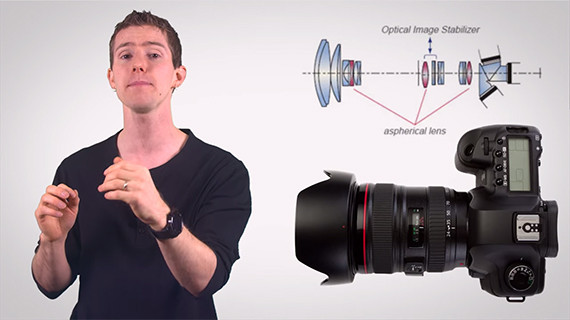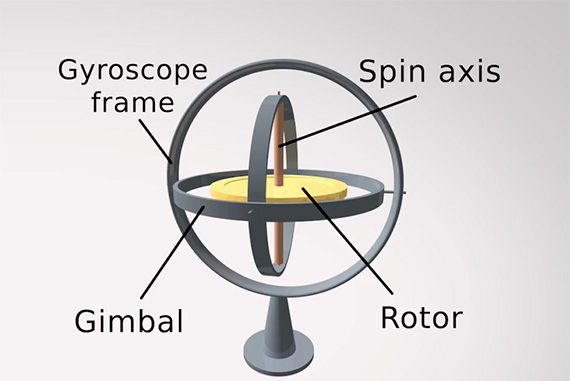If buying a new camera or lens gives you nightmares of random photography terminology, you are not alone. The cloud of jargon can be confusing indeed. One term that you’re likely to hear more often than others is optical image stabilization. A simple explanation is that it helps to get a sharper image, especially when your hands are moving during the exposure. This video by TechQuickie explains the term in much greater detail:
Digital vs. Optical Image Stabilization
There is a great bit of distinction between digital and optical image stabilization. Don’t be fooled by tall claims by camera and smartphone makers when they promise you digital image stabilization. Optical image stabilization (OIS) is the clear winner. It involves actually physically moving the lens or the sensor—depending on the type of stabilization system—and corrects the image coming through the lens to ensure that it is perfectly aligned with the sensor.
How Does Optical Image Stabilization Work?
Manufacturers use specialized gyroscopic sensors inside the lens that sense when the image is out of alignment with the sensor. There are even specialized gyros that correct an image only for vertical shake when you are panning. Tiny electromagnets together with these specialized gyros correct the angle of the lens or the image sensor based on whether it is a lens based system or a sensor based system.
Lens Based Optical Image Stabilization
Lens based systems are found on DSLR cameras. They affect the axis of the lens to keep the image coming through it perfectly aligned with the sensor. This type of image stabilization is not feasible in devices such as smartphones, which don’t have sufficient space between the lens and the sensor.

DSLR camera often have lens based optical image stabilization.
Sensor Based Optical Image Stabilization
Sensor based image stabilization is less common. It actually moves the image sensor in response to any movement of the subject. The benefit of in-body image stabilization—apart from the fact that it makes every lens compatible with the system ‘stabilized’ by default—is that it can also adjust the focal length between itself and the lens. This type of image stabilization is feasible on smaller devices like smartphones.

Smartphone cameras often use sensor based image stabilization.
Sensor based optical image stabilization does come with some problems. Since the image is not already stabilized, there is noticeable low light auto-focusing performance issue, especially when there’s lag in the LCD screen or viewfinder. Additionally, the size of the lens affects the quality of the stabilization performance.
And there you have it. Do you use image stabilization?
Like This Article?
Don't Miss The Next One!
Join over 100,000 photographers of all experience levels who receive our free photography tips and articles to stay current:







I came here because I bought a Sony camcorder and was curious about the results I got. I found out that the camera has optical stabilization. My former camera (an old Panasonic) has “antishake” (or something like that) but it really does shake! Optical stabilization works great.
So basically you took Linus Media Group’s video and made it into an article that I 100% did not actually need to read after watching the video.
Just watched your video for the first time today (Feb. 2016). I cannot find when you published it, but I thought it worthy to point out optical image stabilizers for use in cell phones are readily available today…without needing to carry around a large lens. Check this out: http://www.htchmfg.com/optical-image-stabilization.html
Good video clip explained image stabilization.